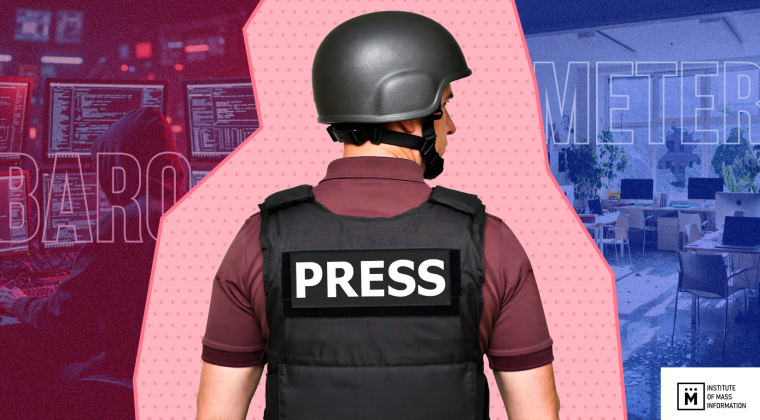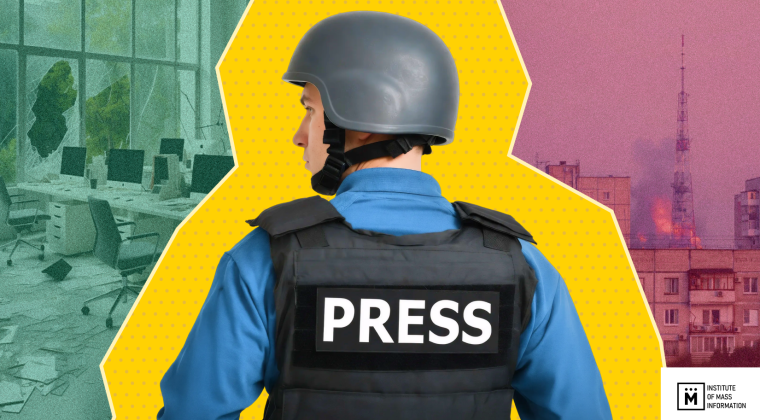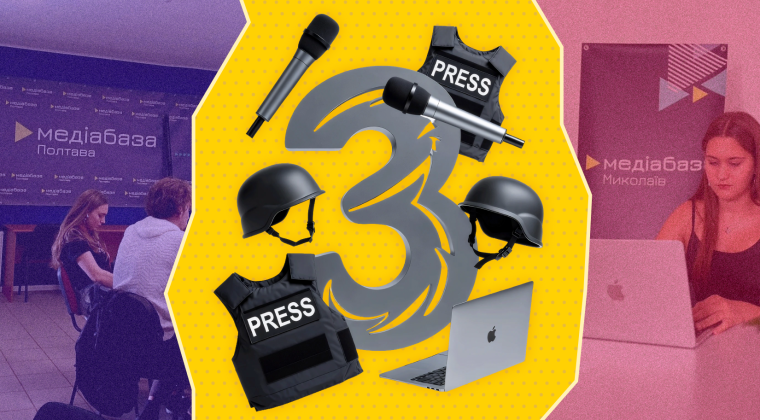243 cases of violations of freedom of speech have been identified in 2019 by the experts of the Institute of Mass Information. Of these, 172 cases were related to physical aggression against journalists. As a comparison, in 2018, we recorded less of cases of violations of freedom of speech: 235.
Such are the findings of the monitoring survey held by the Institute of Mass Information “Freedom of Speech Barometer”.
For the first time for last three years in Ukraine, the journalist was murdered. On June 20, 2019, Vadym Komarov, journalist in Cherkassy, died. He never emerged from drug coma after the May attack.
The main categories of violations of freedom of speech in Ukraine in 2019 were:
- Obstruction to legitimate journalistic activities : 99 cases (more, than for the same period , when 96 cases have been identified);
- Threats : 37 cases (more, than for the same period, when 33 incidents have been identified);
- Beating: 23 cases (less, than for the previous year, when 31 facts of beating have been identified);
- Failures to provide access to information: 21 cases (more, than for the previous year, when 19 cases have been recorded);
- Cyber-attacks and legal pressure: 18 cases for each (during the previous year, 15 cyber attacks have been recorded and 13 cases of legal pressure).

As compared with 2018, last year in Ukraine the number of censorship incidents has increased: 6 (there were 2 cases of censorship for the same period in 2018). Based on IMI monitoring figures, it happened due to strengthening of censorship from media owners. In particular, hundreds of journalists resigned from the ZIK broadcaster protesting against censorship, they complained of in the open statement.
Amid the regions of Ukraine, Kyiv and Kyiv region are front-runners as to the number of violations (89 cases). The second position as to number of violations is taken by Odessa region (19 cases), third position is taken by Volyn region (15), the fourth position is to Dnipropetrovsk region (14 cases), the fifth position has been shared between Mykolaiv and Poltava regions (13 cases for each).
“Monitoring held by IMI revealed an increase in number of violations of the journalists’ rights in 2019. I would note that increase happened in all key categories involving physical aggression, access to public information, and cyber attacks. The reason of such a worsening of freedom of speech is failure to have systematic attitude towards investigation of cases of violations, building-up of pressure from media owners and politicians, which contributed also to discrediting of the journalism, and little solidarity in the journalistic circles”, – as Kateryna Dyachuk, head of freedom of speech monitoring department in IMI, said.
In 2019, Ukraine had presidential and parliamentary elections. Based on monitoring of freedom of speech during the election time, the experts with IMI established that election took place in compliance with democratic norms and respect of journalists rights, only minor violations committed by the members of election committees have been recorded.
In the occupied territories of Ukraine, it is practically impossible or significantly difficult to work as independent journalists. Ukrainian journalists are deprived of possibilities to cover the news in these territories due to important threat to their physical security. In the same way, the residents of occupied territories of Ukraine have a restricted access to Ukraine sources of information, dozens of news editions have been blocked in these areas, which is serious crackdown on freedom of speech and violation of international norms.
More detailed information on press freedom condition is available on IMI website, its section “Freedom of speech barometer”.
The Institute of Mass Information conducts monthly nationwide monitoring of freedom of speech in the following categories: physical aggression, censorship and access to information, economic and political pressure, legal pressure and cybercrime against the media and journalists. Only cases involving freedom of expression and professional journalistic activity are included in the monthly report. You can read more about the methodology here.



